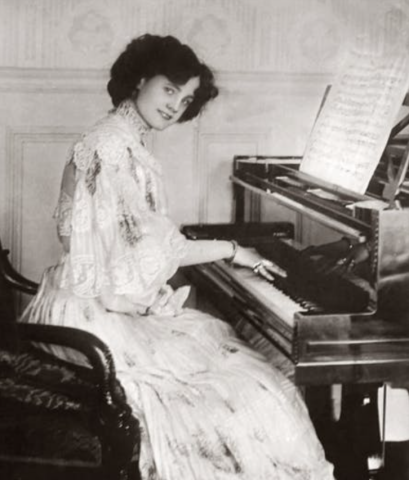
Statistics say that there are currently 10 million pianos in the United States. Of course, there used to be zero. Not only that but there were also zero pianos in the world at one point.
Then came the invention of the piano, its spread, and its usage. If you're curious to know more about the whole story, read on. This article will cover a brief history of the piano.
The History of the Piano Ancestors
The full history of the piano timeline starts in Ancient Greece with the invention of the monochord in 500 BC. This is a one-stringed instrument whose string was stretched over a hollow box. This string is then divided by a block placed under the instrument and plucked to make different notes.
Then came the ancestors of the polychord. The most relevant instruments among them are the harpsichord, dulcimer, and clavichord.
The dulcimer (invented in the 11th century) and clavichord (invented in the 14th century) both require the use of hammers to hit their strings similar to how the piano makes sound today. The main difference is that one can hit keys to move the hammers on the clavichord. On the dulcimer, the hammers are used by hand.
The harpsichord (created in the 16th century) uses a different method to play its strings. Pressing the keys causes a mechanism to pluck the strings rather than hit them. However, the look of the harpsichord was a great influence on the look of the piano.
The History of Piano Invention and Innovation
Bartholomew Christofori (1655-1731) invented the piano around the year 1700. His reason for doing so was because the harpsichord and clavichord did not allow him and others to control the loudness or softness.
The pianoforte (as he first dubbed the piano) was the solution to this dilemma. It played both soft ("piano" in Italian) and loud ("forte" in Italian) notes. This was accomplished by how softly or forcefully the piano players pressed the keys.
What was the mechanism that gave the players this control? It was an escapement mechanism that removed the hammer from the key right after it hit the string. This allowed the strings to vibrate for longer.
From there, it became popular among the middle class and as an orchestral and solo performance instrument. Several technological advancements eventually gave us the electric keyboards and digital pianos that we know today. These days, it remains a popular choice of musicians and often shows up in our current musical culture.
If You Need a Piano Player or Other Type of Entertainer, Contact Us
Where will the piano be in the future? Only time will tell. In the meantime, reading the history of the piano can provide us with great fascination for how far its come.
Also, if you need a piano player or any other type of performer, consider using ours. We're one of the premier live entertainment providers in Atlanta. Tell us about your event and we will assist you in making it all the more special.
